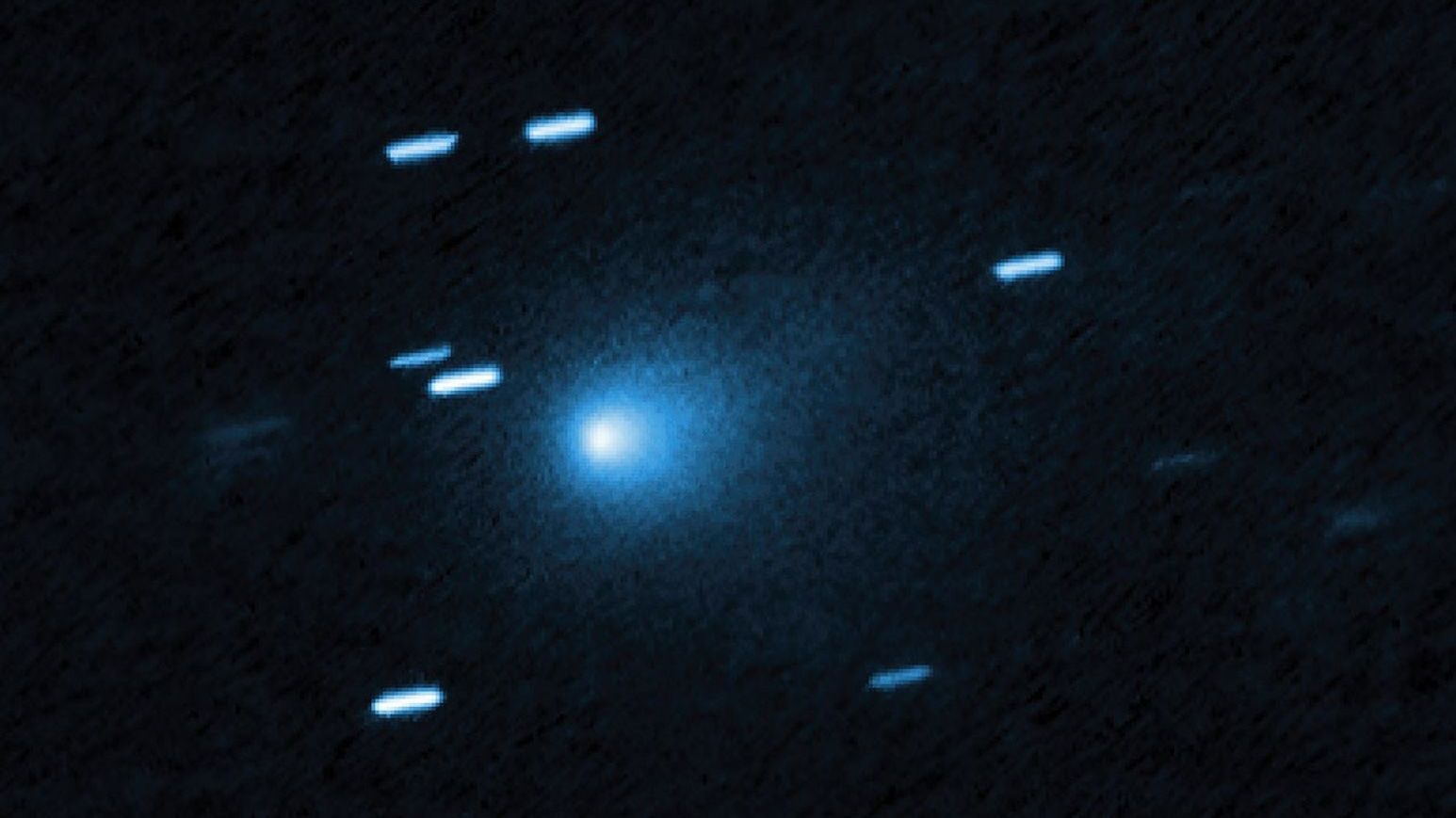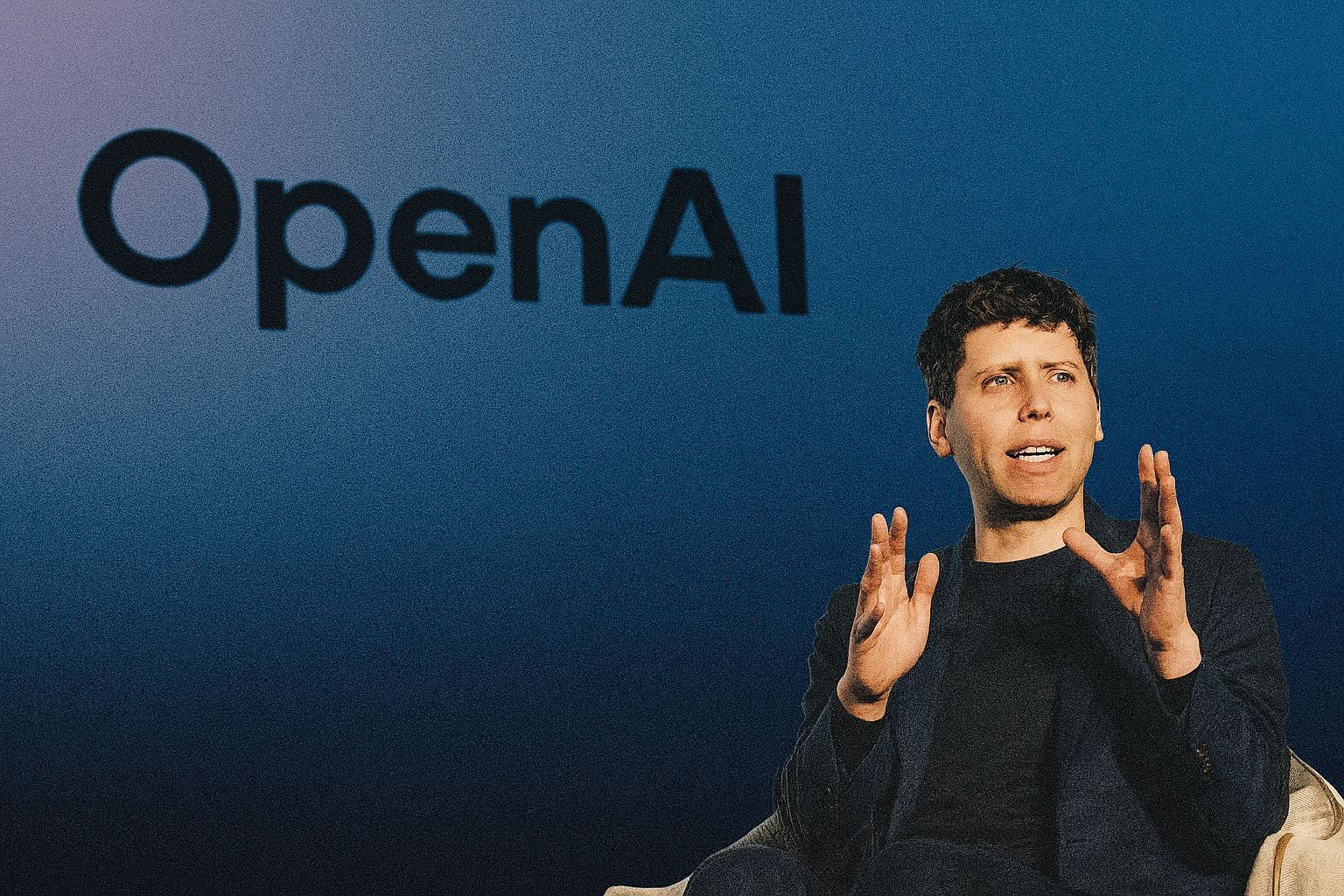- Health: A major 6-year trial found that pairing a Mediterranean diet with calorie control, exercise, and weight-loss support slashed type 2 diabetes risk by 31% [1]. “We’re facing a global epidemic of diabetes… [but] modest, sustained changes in diet and lifestyle could prevent millions of cases worldwide,” said study co-author Frank Hu [2]. In separate research, Harvard scientists linked low brain lithium levels to Alzheimer’s disease progression – treating mice with an ultra-low dose lithium compound reversed Alzheimer’s pathology and restored memory [3]. “I really have not seen anything quite like it in all my years of working on this disease,” said senior author Bruce Yankner, noting lithium’s unusually widespread benefits in the mice [4].
- Climate: Human-caused climate change supercharged Southern Europe’s summer wildfires, making the extreme fire weather 10× more likely and the blazes 22% more intense than in a preindustrial climate [5]. Scientists with World Weather Attribution warn of “a bleak picture for southern Europe’s forests” as warming drives “larger, more severe and more frequent wildfires” despite extensive firefighting efforts [6]. 2025 has already been Europe’s worst wildfire season on record, with over a million hectares burned [7].
- Environment: A new global study reveals that over half of the world’s fish populations that straddle national boundaries will shift across borders by 2050 due to warming oceans [8]. Most will move out into the high seas beyond national jurisdictions, where they face greater overfishing risks [9]. “It’s an important issue… that should make anyone concerned about fisheries sit up and pay attention,” said UC Santa Cruz biologist Malin Pinsky [10], who noted many tropical nations that did little to cause climate change could lose vital fish stocks. “Climate change is sending a whole bunch of fisheries out into the lion’s den because the high seas [lack] effective management,” Pinsky added [11].
- Physics: Physicists finally solved a 90-year-old quantum mechanics puzzle – finding an exact quantum theory for a “damped” harmonic oscillator (a vibrating system that gradually loses energy) [12]. A University of Vermont team reformulated a 1900 model by Horace Lamb to preserve Heisenberg’s uncertainty principle, creating a quantum analog of a plucked guitar string that slowly quiets [13] [14]. This theoretical breakthrough isn’t just academic: it predicts ways to measure an atom’s position with precision beyond the standard quantum limit, potentially enabling ultra-sensitive quantum sensors [15]. Experts say such “squeezed” quantum states were key to LIGO’s gravitational wave detectors [16] – and this new solution could likewise unlock next-generation measurement devices.
- Space & Astronomy: In a cosmic detective feat, astronomers using the new CHIME Outrigger radio telescope network pinpointed one of the brightest fast radio bursts (FRBs) ever recorded – a millisecond-long blast nicknamed “RBFLOAT” – to a single spiral arm of a galaxy ~130 million light-years away [17]. This is the first FRB precisely localized with the full Outrigger array, allowing scientists to study its environment and likely cause. “It is remarkable that only a couple of months after the full array went online, we discovered an extremely bright FRB in a galaxy in our own cosmic neighborhood,” said astrophysicist Wen-fai Fong [18]. Another researcher called it “a turning point… we can now see exactly where [FRBs] are coming from” and begin to test if they arise from magnetars or other exotic objects [19]. Meanwhile, our solar system has a new interstellar visitor: astronomers announced comet 3I/ATLAS, only the third ever detected coming from beyond our solar system [20]. This icy wanderer, spotted by the ATLAS survey, is “bigger, faster, and possibly far older” than prior interstellar objects ‘Oumuamua and Borisov [21]. “This is what we’re here for – finding objects like this, making the public aware of them and generating excitement,” said University of Michigan astronomer Aster Taylor, emphasizing the discovery’s rarity [22]. 3I/ATLAS will reach its closest approach to the Sun in October, and telescopes like Hubble and Webb are lining up to inspect its composition and origin [23] [24]. Researchers estimate it could be billions of years old and up to 6–10 km across, although further observations may revise its size and age [25] [26].
- Technology & Engineering: Quantum internet took a leap forward as scientists in Austria demonstrated a scalable quantum network node that links matter and light with high fidelity. The team used a chain of 10 trapped calcium ions as quantum bits, moving them one-by-one into an optical cavity and inducing each ion to emit an entangled photon [27]. They achieved entanglement between ions and photons with 92% fidelity, far better than earlier attempts that entangled only a few qubits [28] [29]. “One of the key strengths of this technique is its scalability,” said Ben Lanyon of the University of Innsbruck, noting the setup could be expanded to hundreds of ions [30]. The result, published in Physical Review Letters, is a crucial building block for a future quantum Internet that might securely connect quantum computers across continents [31] [32]. It could even enable a network of optical atomic clocks so precise they’d lose less than a second over the age of the universe [33] [34]. In another cutting-edge feat, a U.S. team unveiled an AI-driven “self-driving” chemistry lab that can discover new materials with minimal human input. Dubbed R.A.I.N.B.O.W., the system combines four robotic arms with artificial intelligence to optimize the synthesis of semiconductor nanocrystals (quantum dots) at a breakneck pace [35] [36]. The autonomous lab conducts over 1,000 experiments per day and can identify the best recipe for high-quality quantum dots “within one day… with no human intervention,” according to lead researcher Milad Abolhasani of NC State [37]. The AI selects chemicals, runs reactions, analyzes results, then iterates – all automatically [38] [39]. This approach drastically accelerates materials discovery. “Having four robots working together in one workflow is hard, but they’ve cracked it. I think it’s wonderful,” said an independent expert, noting that such fully integrated automation is rare in research labs [40]. The technique could be applied to develop catalysts, pharmaceuticals, and other advanced materials much faster than traditional trial-and-error.
- Biology & Evolution: Hidden in total darkness for eons, blind cavefish have rewritten evolutionary history. Yale researchers sequenced the genomes of all known amblyopsid cavefish in the eastern US and found each species independently evolved blindness and loss of pigmentation after colonizing underground caves [41] [42]. By analyzing mutations in dozens of vision-related genes, the team developed a “mutational clock” to date when each lineage went sightless. The oldest cavefish (Ozark cavefish) started losing its eyes ~11.3 million years ago, far earlier than scientists could previously determine [43]. This pushes the minimum age of some cave systems to over 11 million years – well beyond the ~5 million-year limit of traditional cave-dating methods [44]. “Determining the ages of cave-adapted fish lineages allows us to infer the minimum age of the caves they inhabit… in this case over 11 million years,” explained co-lead author Chase Brownstein [45]. The genetic evidence shows at least four separate cavefish invasions underground, all converging on similar traits (shrunken or missing eyes, loss of pigment, elongated bodies) through convergent evolution [46] [47]. Intriguingly, many mutations that blinded the cavefish affect the same genes implicated in human ocular diseases [48]. “A number of the mutations we see in the cavefish genomes… are similar to mutations that cause eye diseases in humans,” noted senior author Thomas Near [49]. By studying these fish who evolved in permanent night, scientists hope to “glean insights into the genomic mechanisms of eye diseases in humans” [50] – an unexpected medical angle from the depths of ancient caves.
Sources
- Harvard T.H. Chan School of Public Health – Mediterranean diet, exercise, and diabetes prevention (press release) [51] [52]
- Harvard Medical School – Lithium deficiency and Alzheimer’s disease (study news via ScienceDaily) [53] [54]
- World Weather Attribution / Bloomberg – Climate change and Mediterranean wildfires 2025 [55] [56]
- Mongabay – Climate-driven shifts of fish stocks to high seas [57] [58]
- University of Vermont – Quantum damped harmonic oscillator solved after 90 years [59] [60]
- Northwestern University – Record-breaking FRB localized with CHIME Outriggers [61] [62]
- Michigan State Univ. – Discovery of interstellar comet 3I/ATLAS [63] [64]
- University of Innsbruck – Ten-qubit node for a quantum internet [65] [66]
- Chemical & Engineering News – AI-powered robot lab accelerates quantum dot discovery [67] [68]
- Yale University – Blind cavefish evolution and 11-million-year-old caves [69] [70]
References
1. hsph.harvard.edu, 2. hsph.harvard.edu, 3. www.sciencedaily.com, 4. www.sciencedaily.com, 5. www.insurancejournal.com, 6. www.insurancejournal.com, 7. www.insurancejournal.com, 8. news.mongabay.com, 9. news.mongabay.com, 10. news.mongabay.com, 11. news.mongabay.com, 12. www.sciencedaily.com, 13. www.sciencedaily.com, 14. www.sciencedaily.com, 15. www.sciencedaily.com, 16. www.sciencedaily.com, 17. www.sciencedaily.com, 18. www.sciencedaily.com, 19. www.sciencedaily.com, 20. www.sciencedaily.com, 21. www.sciencedaily.com, 22. www.sciencedaily.com, 23. www.sciencedaily.com, 24. www.sciencedaily.com, 25. www.sciencedaily.com, 26. www.sciencedaily.com, 27. www.sciencedaily.com, 28. www.sciencedaily.com, 29. www.sciencedaily.com, 30. www.sciencedaily.com, 31. www.sciencedaily.com, 32. www.sciencedaily.com, 33. www.sciencedaily.com, 34. www.sciencedaily.com, 35. cen.acs.org, 36. cen.acs.org, 37. cen.acs.org, 38. cen.acs.org, 39. cen.acs.org, 40. cen.acs.org, 41. www.sciencedaily.com, 42. www.sciencedaily.com, 43. www.sciencedaily.com, 44. www.sciencedaily.com, 45. www.sciencedaily.com, 46. www.sciencedaily.com, 47. www.sciencedaily.com, 48. www.sciencedaily.com, 49. www.sciencedaily.com, 50. www.sciencedaily.com, 51. hsph.harvard.edu, 52. hsph.harvard.edu, 53. www.sciencedaily.com, 54. www.sciencedaily.com, 55. www.insurancejournal.com, 56. www.insurancejournal.com, 57. news.mongabay.com, 58. news.mongabay.com, 59. www.sciencedaily.com, 60. www.sciencedaily.com, 61. www.sciencedaily.com, 62. www.sciencedaily.com, 63. www.sciencedaily.com, 64. www.sciencedaily.com, 65. www.sciencedaily.com, 66. www.sciencedaily.com, 67. cen.acs.org, 68. cen.acs.org, 69. www.sciencedaily.com, 70. www.sciencedaily.com





